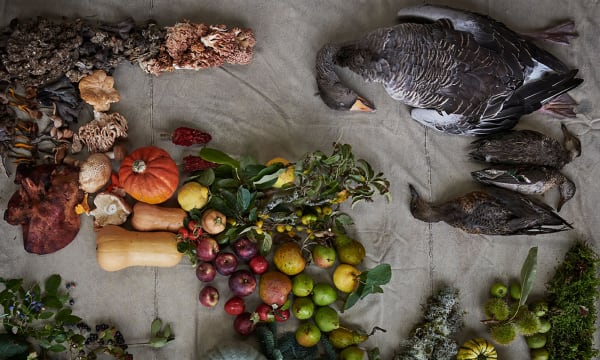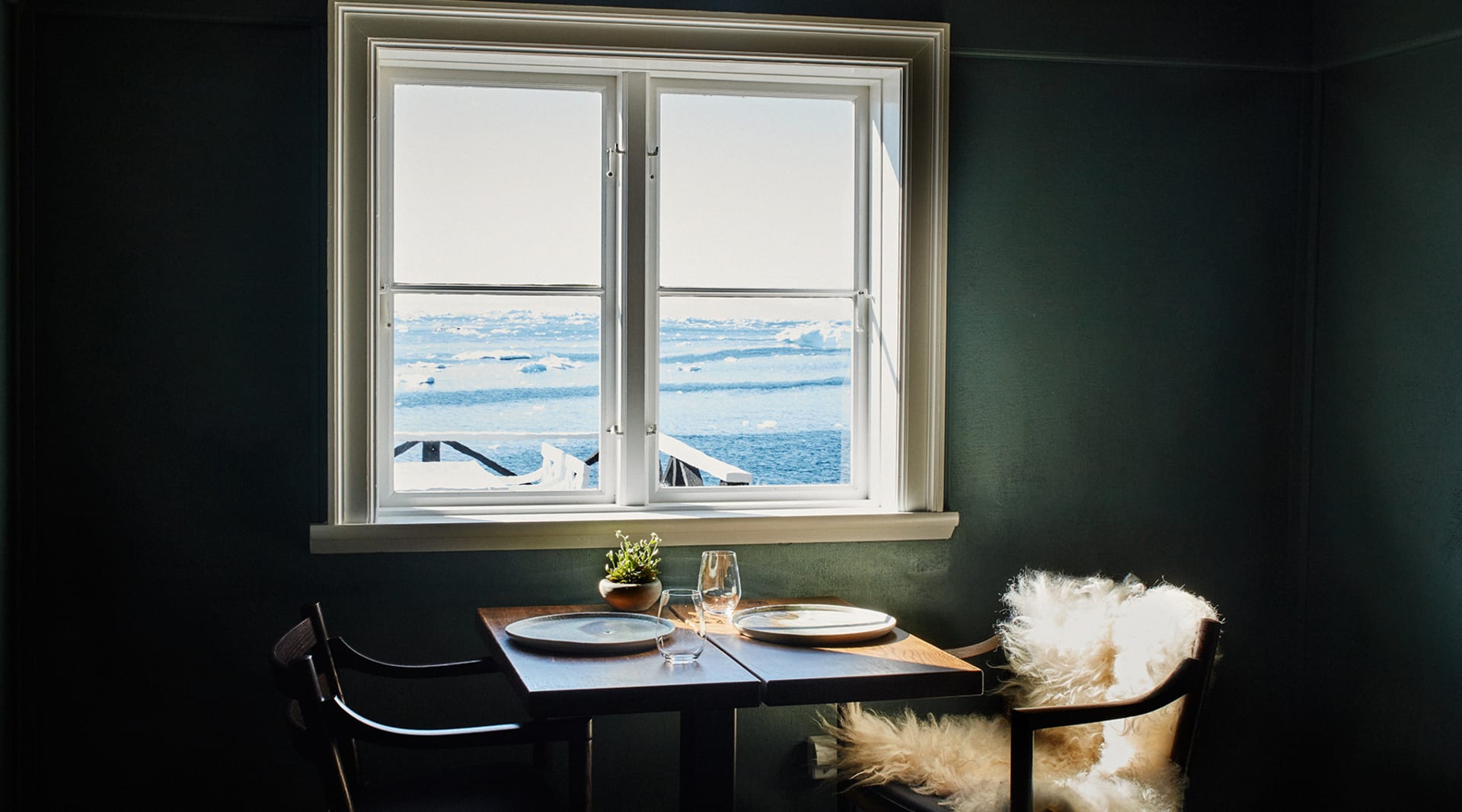Chefs from northernmost communities are reviving the forgotten food of the Arctic circle. The New Arctic Kitchen Movement brings together chefs from Arctic and Subarctic regions—including Arctic Canada, The Faroe Islands, Greenland and the Åland Islands in Finland—to share Arctic food cultures.
Tundra to table cooking takes diners to the ends of the earth to satisfy their adventurous palates.

Michelin-starred restaurant Koks relocated temporarily from its already remote Faroe Island location to Ilimanaq, a small village within Greenland’s Arctic Circle, for summer 2022 and 2023. Feasting on the two-star menu requires an hour-long boat ride from the nearest town, Ilulissat, which takes diners through a maze of icebergs. The menu features local delicacies such as ptarmigan, a bird found in mountainous northern climes, reindeer tartar, braised muskox, and mattak, an Inuit specialty of whale skin and blubber. “It's a dish that tells you where you are in the world. I think it's very important to focus on, and not to shy away from where you are, even though it might be controversial to eat whale,” chef Poul Andrias Ziska told the BBC.
"Our local ingredients all have a story to tell. Either you have caught, shot or collected them yourself – or you know the person who has,” Anne Nivika Grødem, CEO of Visit Greenland, told the BBC. “[That] means that our food culture is closely linked to our identity.”
On the northwestern coast of Norway, spectacularly located among fjords, is fine-dining restaurant Kvitnes Gård, which opened at the end of 2021. The restaurant is reached via boat from nearby towns. All guests are required to stay the night for what the restaurant describes as “an experience—not a meal.” The Arctic menu includes cured reindeer neck, moose, sea urchin, and minke whale.
A growing desire for extreme dining experiences—from intrepid dining to remote fine dining (see trends 41 and 79 in “The Future 100: 2023”)—is converging with rising awareness of Indigenous practices—from dining to environmental conservation (see trend #9 in “The Future 100: 2023”)—to drive interest in arctic cuisine.
Main image of the interior of Koks in Ilimanaq, Greenland. Photo by Simon Bajada.
Please provide your contact information to continue.
Related Content


